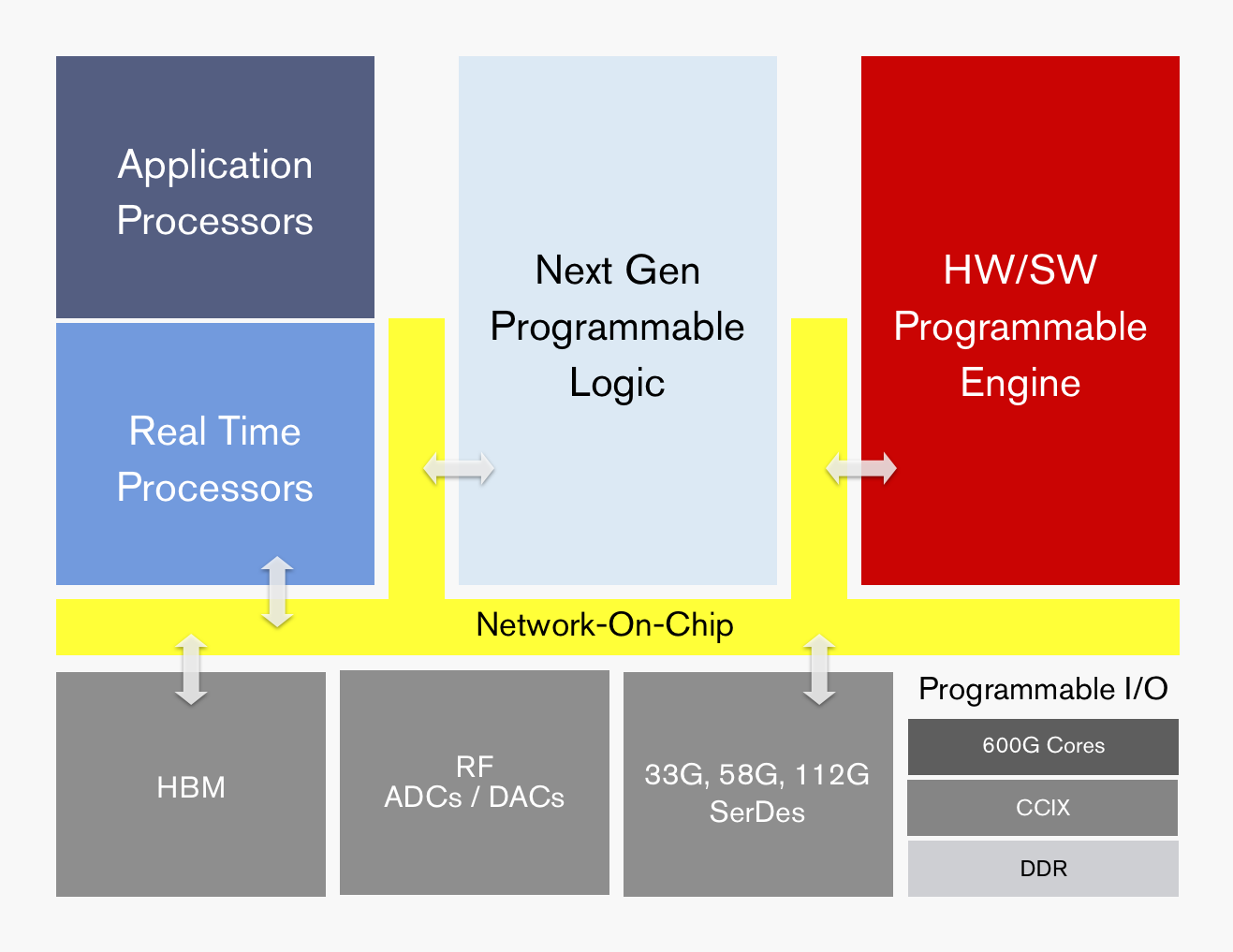Xilinx’s Versal Premium ready for the 800-gigabit era
 Wednesday, July 29, 2020 at 7:27PM
Wednesday, July 29, 2020 at 7:27PM When Xilinx was created in 1984, the founders banked on programmable logic becoming ever more attractive due to Moore’s law.
Making logic programmable requires extra transistors so Xilinx needed them to become cheaper and more plentiful, something Moore’s law has delivered, like clockwork, over decades.
 Kirk SabanSince then, Xilinx’s field-programmable gate array (FPGA) devices have advanced considerably.
Kirk SabanSince then, Xilinx’s field-programmable gate array (FPGA) devices have advanced considerably.
Indeed, Xilinx’s latest programmable logic family, the Versal Premium, is no longer referred to as an FPGA but as an adaptive compute accelerator platform (ACAP).
The Versal Premium series of chips, to be implemented using TSMC’s 7nm CMOS process, was unveiled for the OFC 2020 show. The Premium series will have seven chips with the largest, the VP1802, having 50 billion transistors.
First devices will ship in the second half of 2021.
 AI,
AI,  Bob Wheeler,
Bob Wheeler,  FPGAs,
FPGAs,  Kirk Saban,
Kirk Saban,  Premium,
Premium,  VLIW,
VLIW,  Versal,
Versal,  Vitis,
Vitis,  Vivado,
Vivado,  Xilinx,
Xilinx,  machine learning in
machine learning in  OFC 2020
OFC 2020  Print Article
Print Article 




